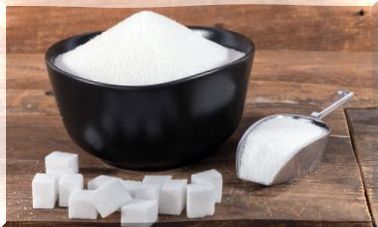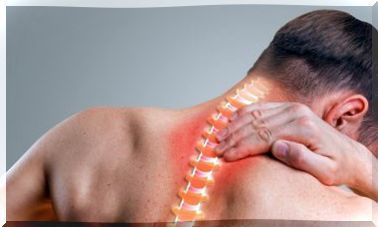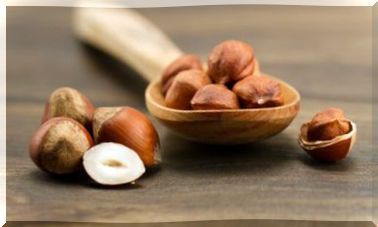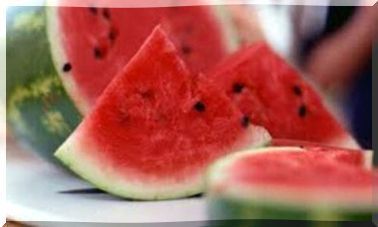Are There Foods That Should Not Be Mixed With Others?
Have you ever had a plate of lentils and a yogurt for dessert? Well, this combination is not the most successful, since there are certain foods that should not be mixed with others.
This is due to the fact that there are products that may contain substances of the “antinutrient” type, which could act by making it difficult to take advantage of:
- Fats
- Proteins.
- Vitamins
- Minerals.
- Carbohydrates
Normally, in processed foods, we can know what they have been reading their nutritional composition, but fresh foods do not always carry a nutritional label. Therefore, here we explain which are these substances that make some foods should not be mixed with others.
What are antinutrients?
Antinutrients are chemicals naturally present in food that interfere – or directly inhibit – the absorption of certain nutrients. It may be because they bind to them, forming complexes that end up being eliminated in the faeces or because they inactivate or reduce the activity of digestive enzymes.
These substances are found mainly in foods of plant origin, since they are part of the defense mechanism of plants against insects and other external problems.
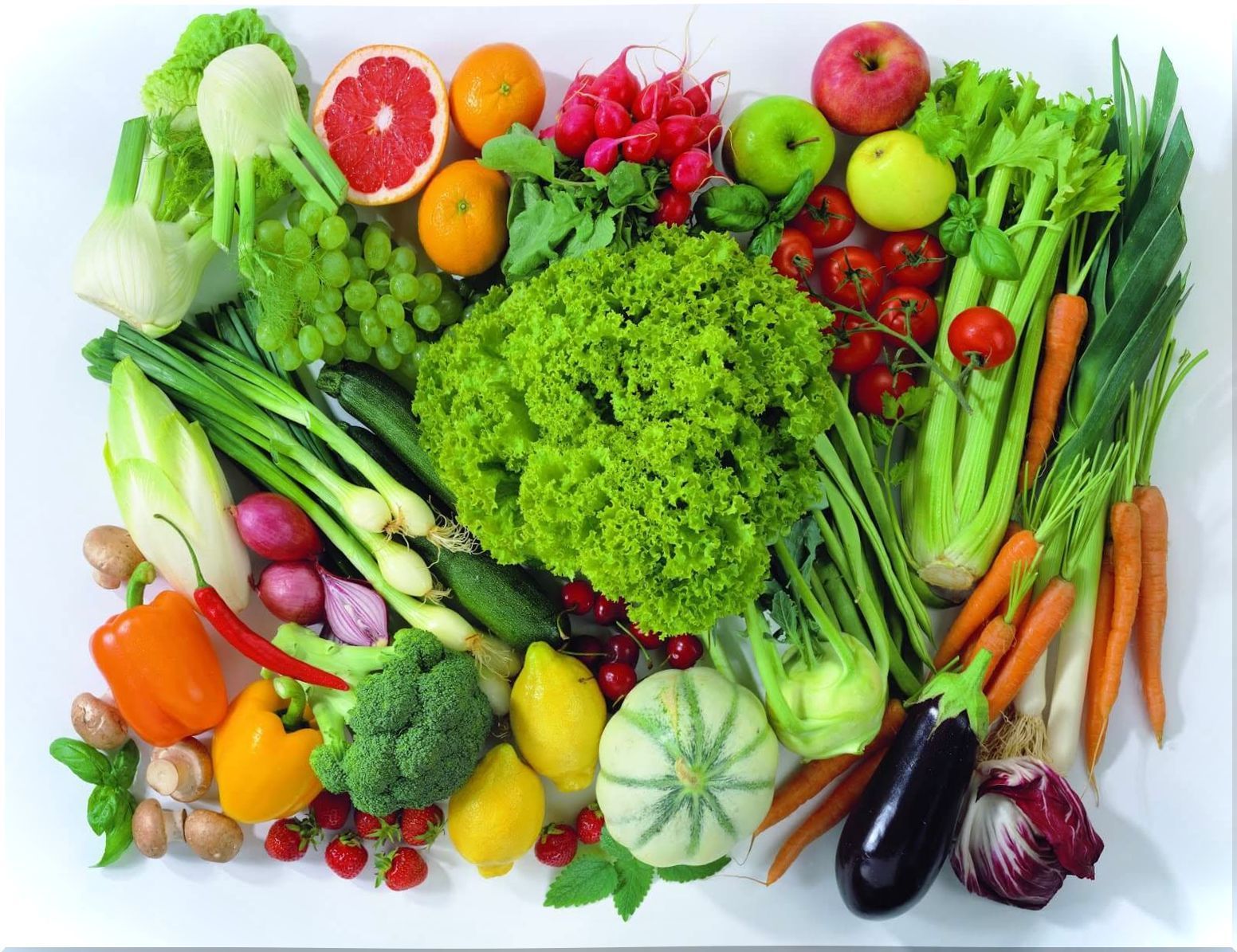
What are these antinutrients?
Antinutrients are mainly found in vegetables, nuts, seeds and cereals, although we can also find some in eggs, for example. These are the most common.
Phytic acid
Phytic acid is present in seeds, grains, nuts, and legumes. It can affect the absorption of zinc, iron, magnesium, copper, phosphorus and calcium, according to an article published in the International Journal for Vitamin and Nutrition Research . It can also inhibit digestive enzymes, necessary to break starch and protein into smaller fractions.
Oxalic acid
Oxalic acid forms non-absorbable complexes with minerals such as iron, magnesium, zinc, or calcium that are in plant-based foods such as spinach, beets, or Swiss chard. It is found mainly in chocolate, spinach and coffee.
Goitrogenic substances
Goitrogenic substances reduce the absorption of iodine from the diet and are present in cabbages, cauliflowers, turnips, etc., although their activity is reduced by cooking. People suffering from hypothyroidism should be especially careful, since iodine is part of the structure of the thyroid glands.
Trypsin and lecithin
They are proteins found in legumes, mainly white beans. They act as protease inhibitors, which means that protein digestion takes place more slowly, according to a study published in the Journal of AOAC International.
Tannins
Tannins are present in wine and green tea. They have a chelating function, since they bind to certain metals such as iron and zinc, to be later eliminated through urine or feces.
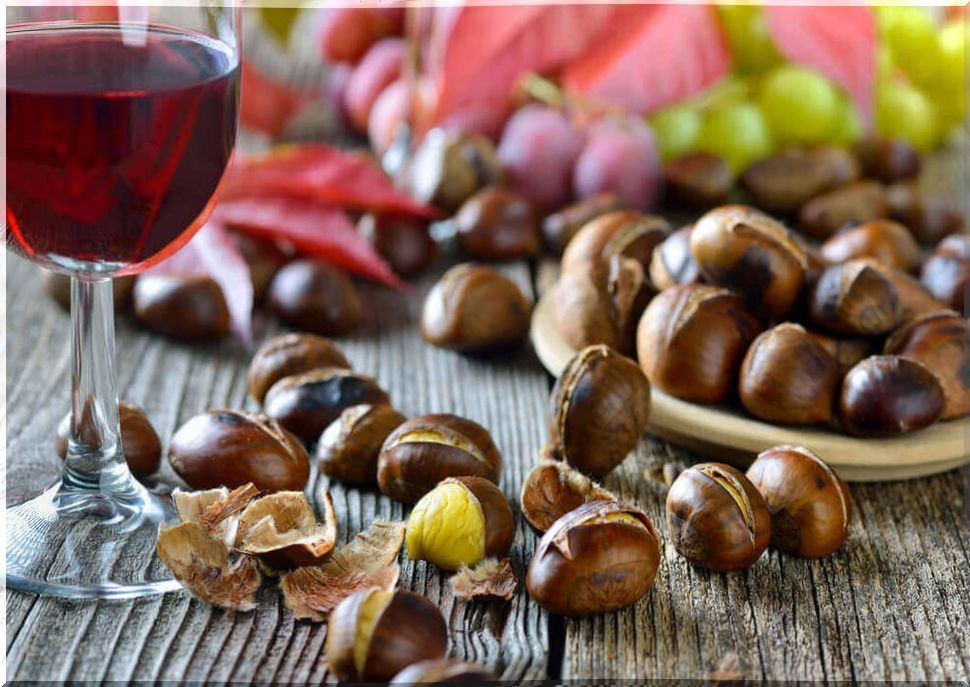
What foods should not be mixed with others?
Once we know what antinutrients are and in which foods they are present, we can guess that there are some foods that should not be mixed. Thus, we will prevent mineral absorption from decreasing or digestion from slowing down.
Here are some examples of common combinations :
- Lentils and, for dessert, yogurt : as we have said, legumes contain phytic acid, which makes it difficult to absorb calcium from yogurt. A more successful combination would be to have an orange or a kiwi for dessert, since vitamin C helps the absorption of the iron present in lentils.
- A glass of wine with dried fruits: it is normal that, when you order a glass of wine, they bring you dried fruits as an accompaniment. However, the tannins present in wine prevent the absorption of iron and zinc from nuts.
- Spinach au gratin with cheese: green leafy vegetables contain oxalates, which are substances that reduce the absorption of calcium present in cheese and dairy products.
- White beans with meat: if you want to make a white bean stew, the best option is to do it with vegetables, since the trypsin and lecithin present in the beans make it difficult for the meat to digest.
Before mixing foods, learn about their antinutrients
Of course, the fact that there are antinutrients in some foods does not mean that you have to stop consuming them. These foods, although they have antinutrients, have many more beneficial compounds for health.
Cooking and soaking food are the two basic techniques to inactivate antinutrients, in addition to avoiding certain combinations explained. Take this into account especially if you suffer from digestion problems, vitamin or mineral deficiencies or autoimmune diseases. In these cases, go to a dietitian-nutritionist for advice.


